Boutis: Adding Dimension with Corded Quilting
A centuries-old method gives fabric some lift
Corded quilting—also called boutis, or boutis Provençal—is an old French quilting technique, originally from Provence and Marseille. The style was perfected in the 17th and 18th centuries, but it can still be relevant today. Original boutis (pronounced boo-TEE) pieces were stitched entirely by hand; my approach includes some machine stitching, but there’s still handwork involved. As with many handsewn textile arts, this one offers the opportunity to slow down, engage with your materials, and create something unique.
In this technique, two layers of fabric are sewn together in decorative channels and patterns, which are then stuffed with yarn to create a textured, quilted cloth. Often, areas are left unstuffed to produce flat sections of contrast, so selected motifs stand out as though embossed.
Traditionally, the top fabric is a piece of fine white cotton fabric, and the bottom layer is made of loosely woven white cotton. An intricate pattern of channels is stitched and then filled with yarn, inserted through the bottom fabric, to create a complex pattern of raised motifs on the top fabric. Then the stitched and stuffed piece is washed to encourage shrinkage around the filler yarns, making the stuffed motifs more prominent. Finally, the garment pieces are cut from the embellished fabric and sewn together, creating a multidimensional garment.
Although white fabrics are lovely, colored or patterned materials lend themselves to this technique as well. I love working with a patterned textile, following the printed motifs’ outlines and edges as a guide for stitching and filling. This gives you a ready-made design plan, so you can settle in and enjoy stitching and filling the fabric.
 Ellen W. Miller is the author of Creating Couture Embellishment (Laurence King, 2017). CreatingEmbellishment.com
Ellen W. Miller is the author of Creating Couture Embellishment (Laurence King, 2017). CreatingEmbellishment.com
For the entire article and additional photos, click the View PDF button below.
…
Start your 14-day FREE trial to access this story.
Start your FREE trial today and get instant access to this article plus access to all Threads Insider content.
Start Your Free TrialAlready an Insider? Log in






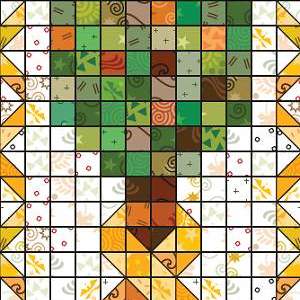


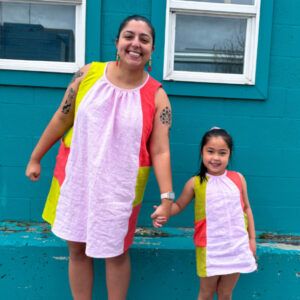
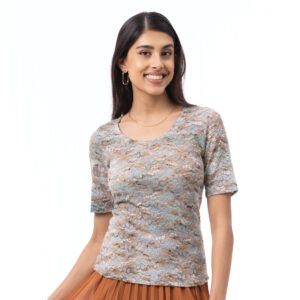


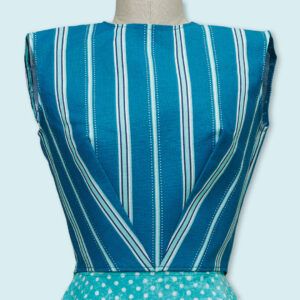


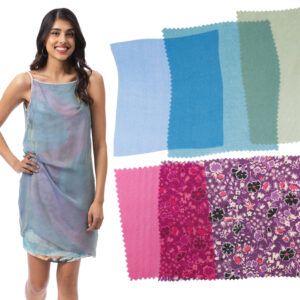
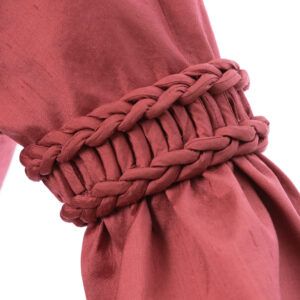


















Log in or become a member to post a comment.
Sign up Log in